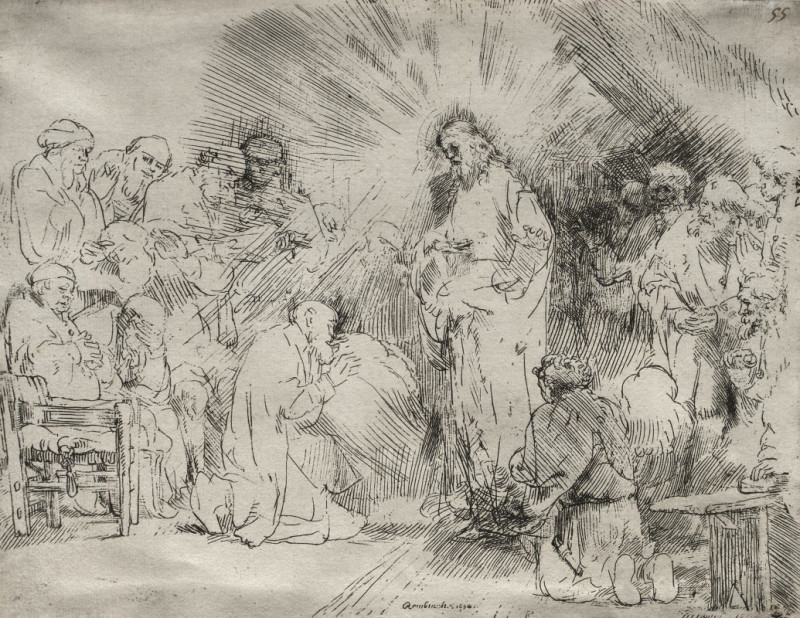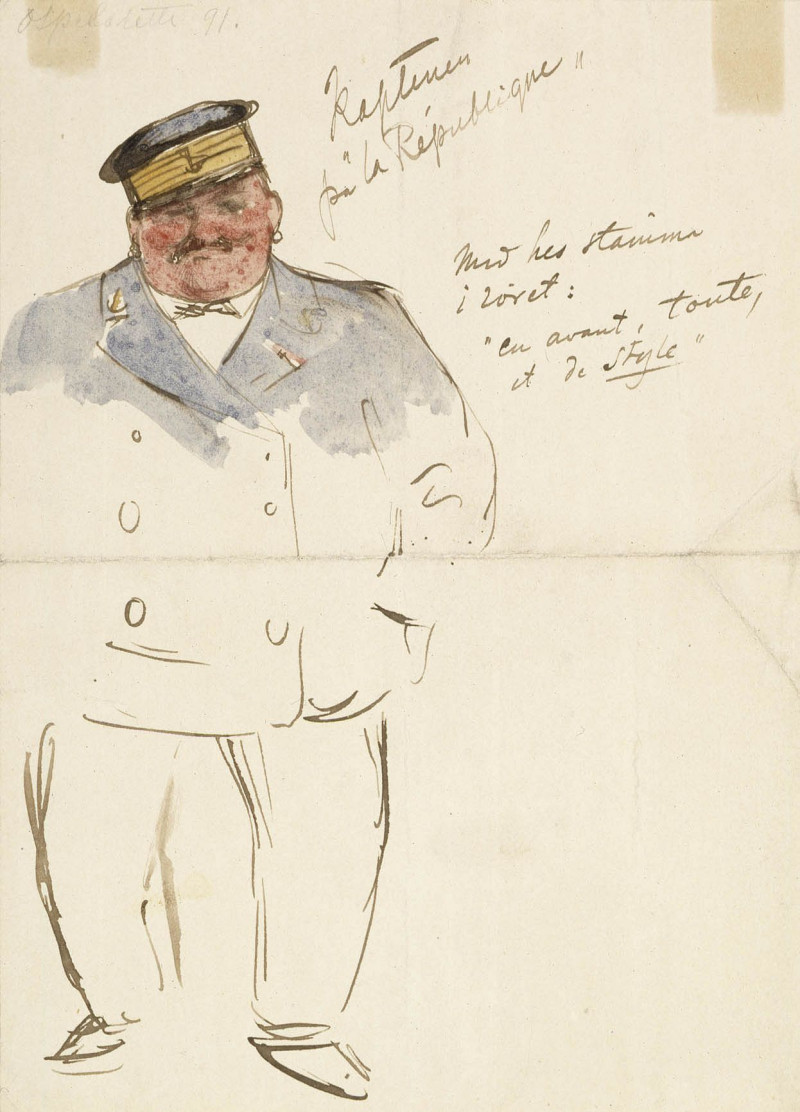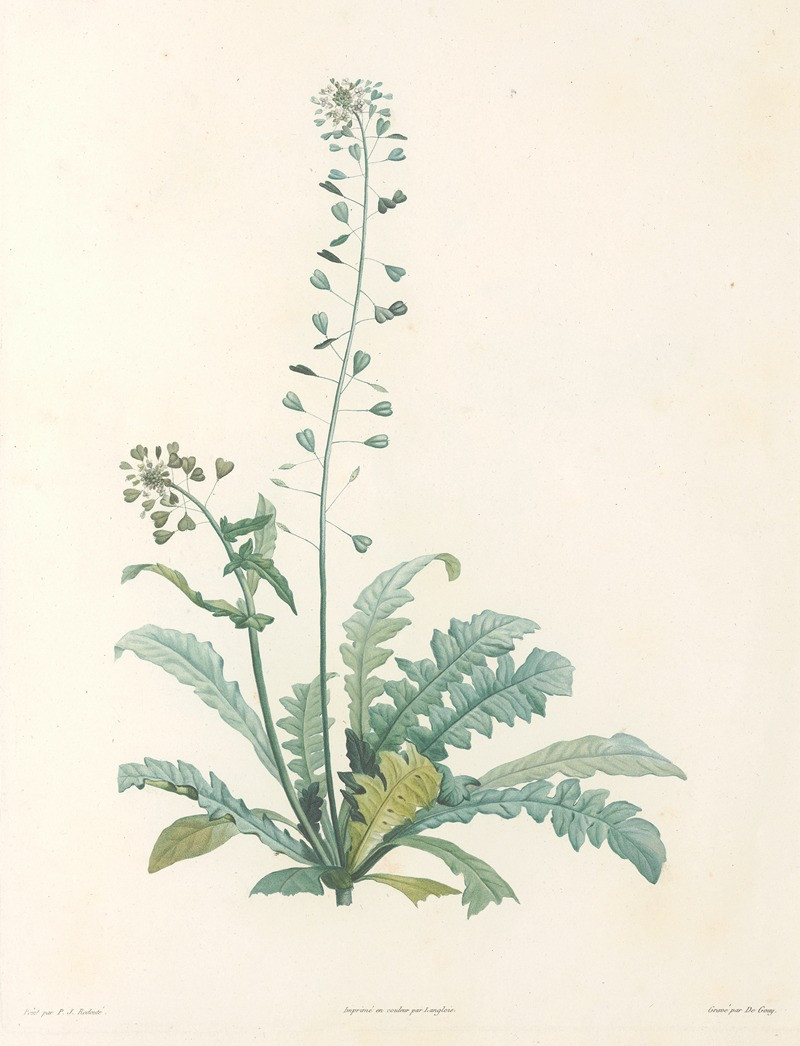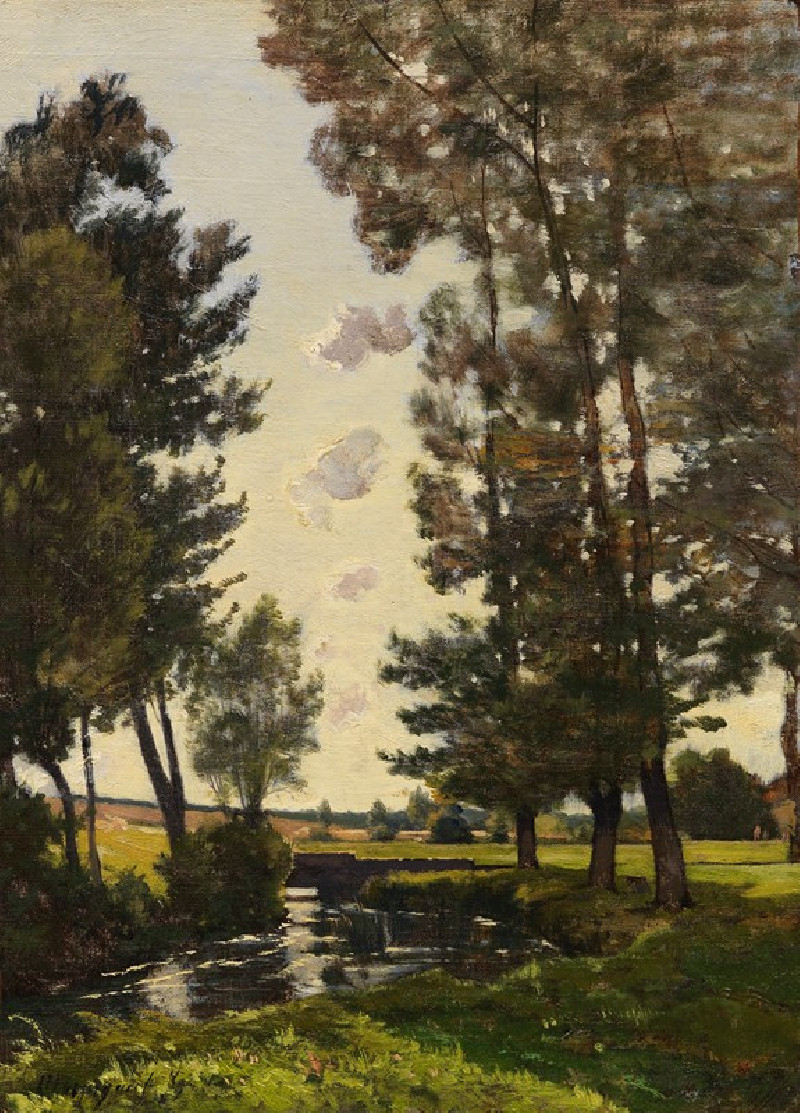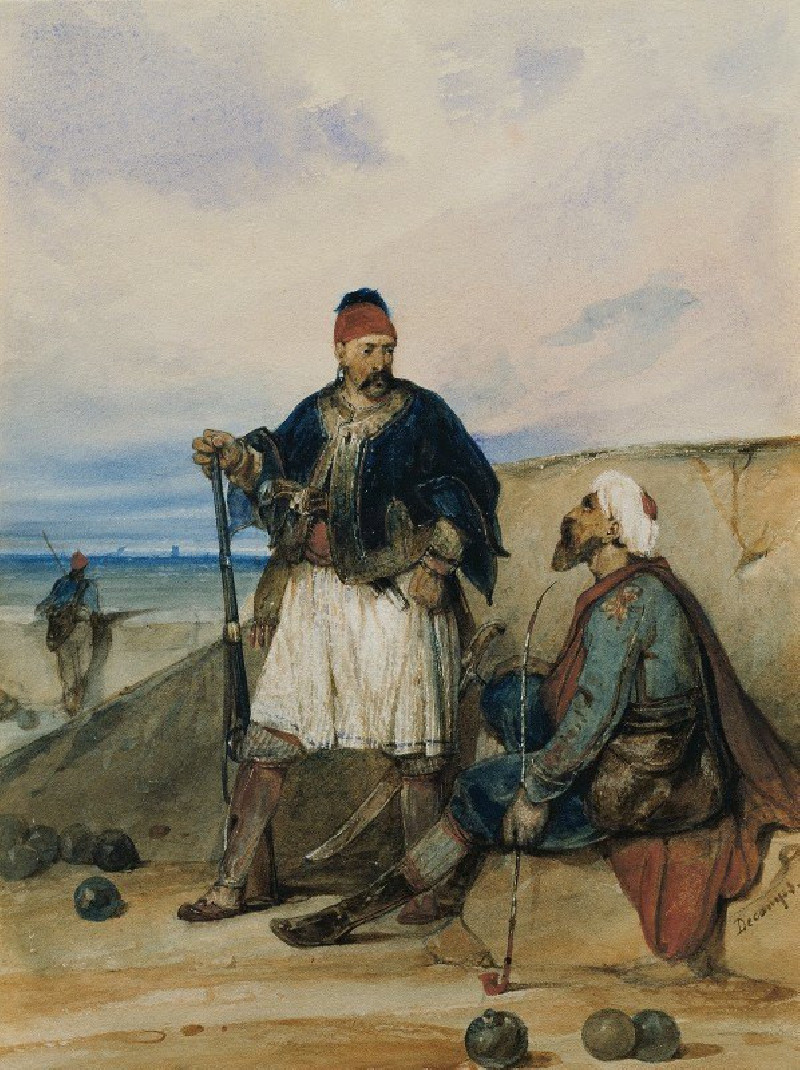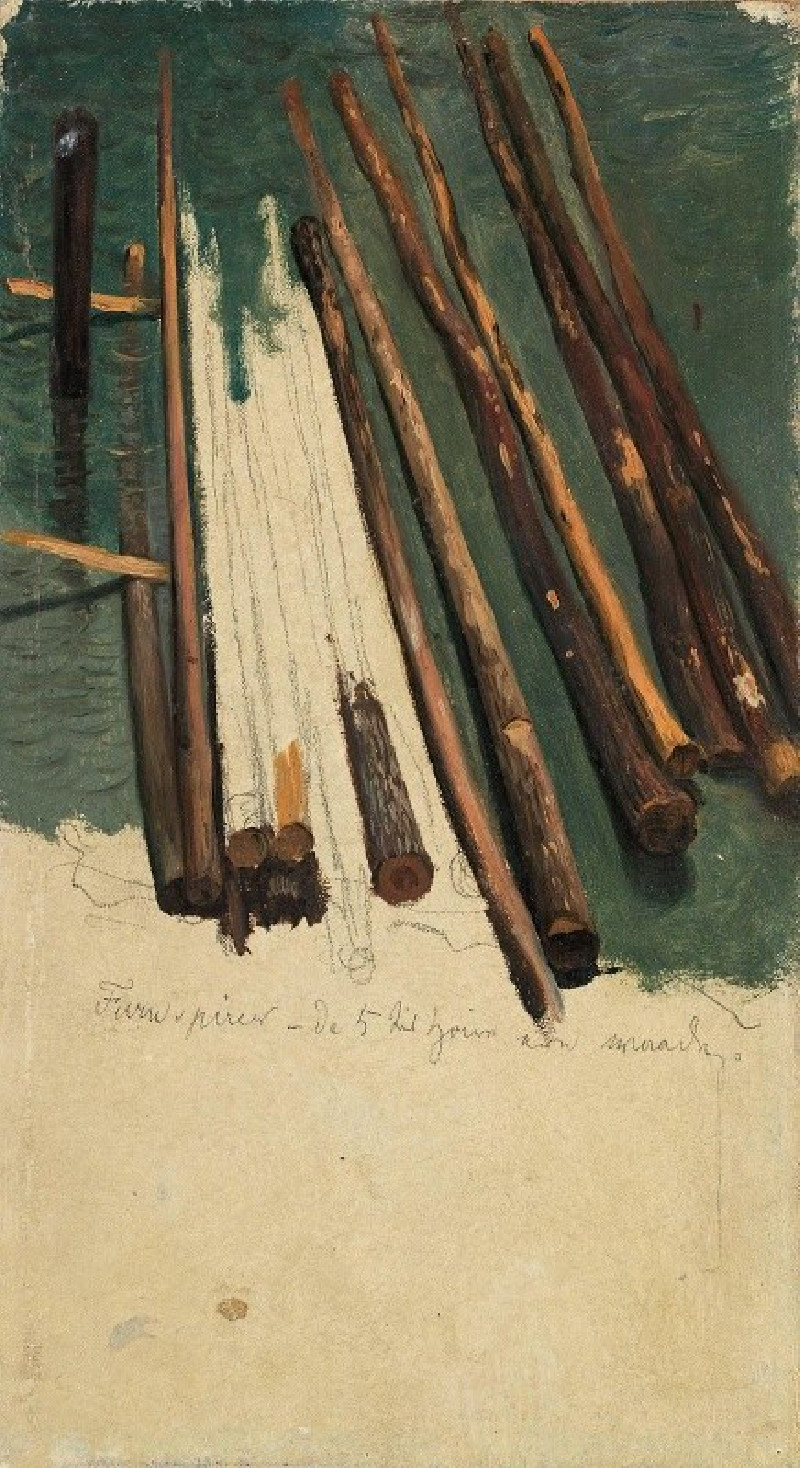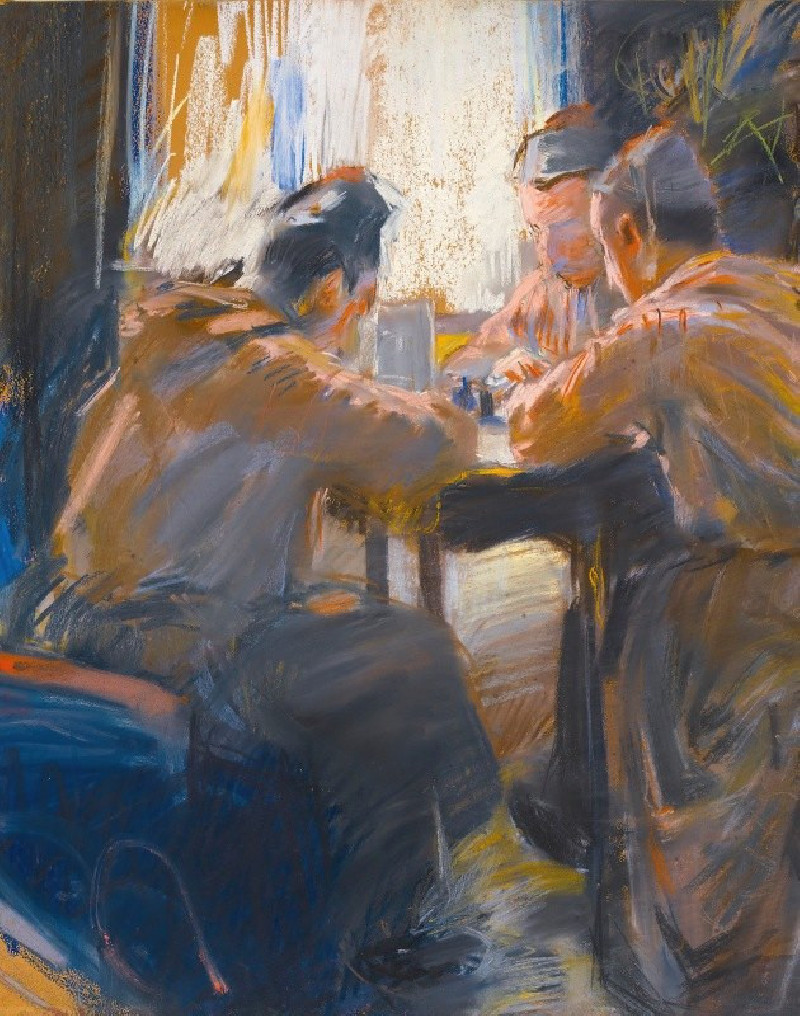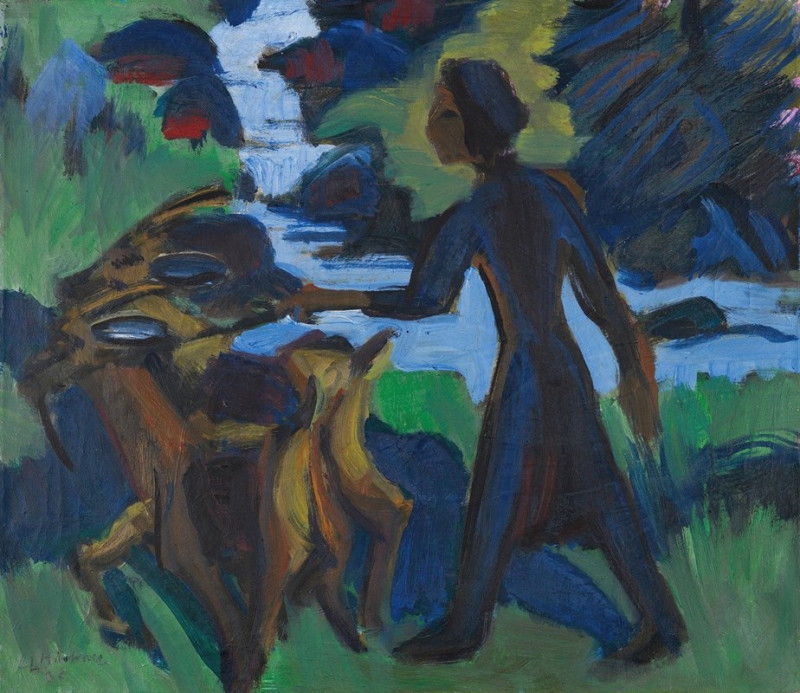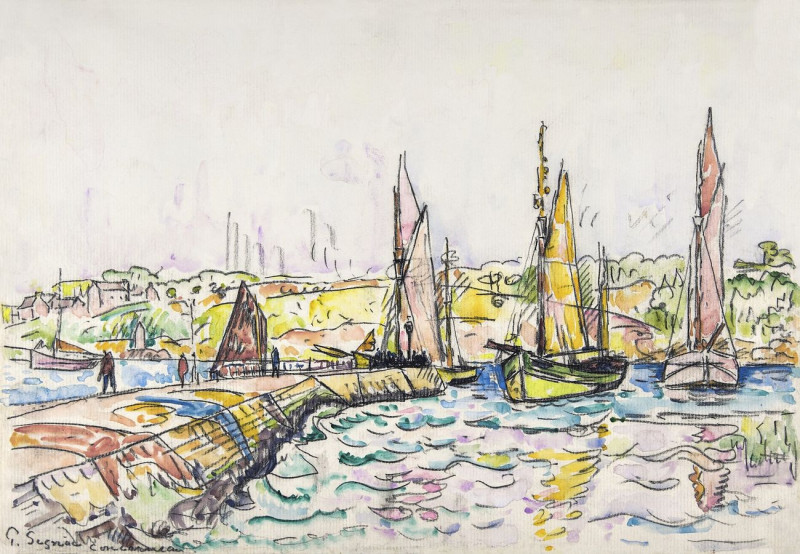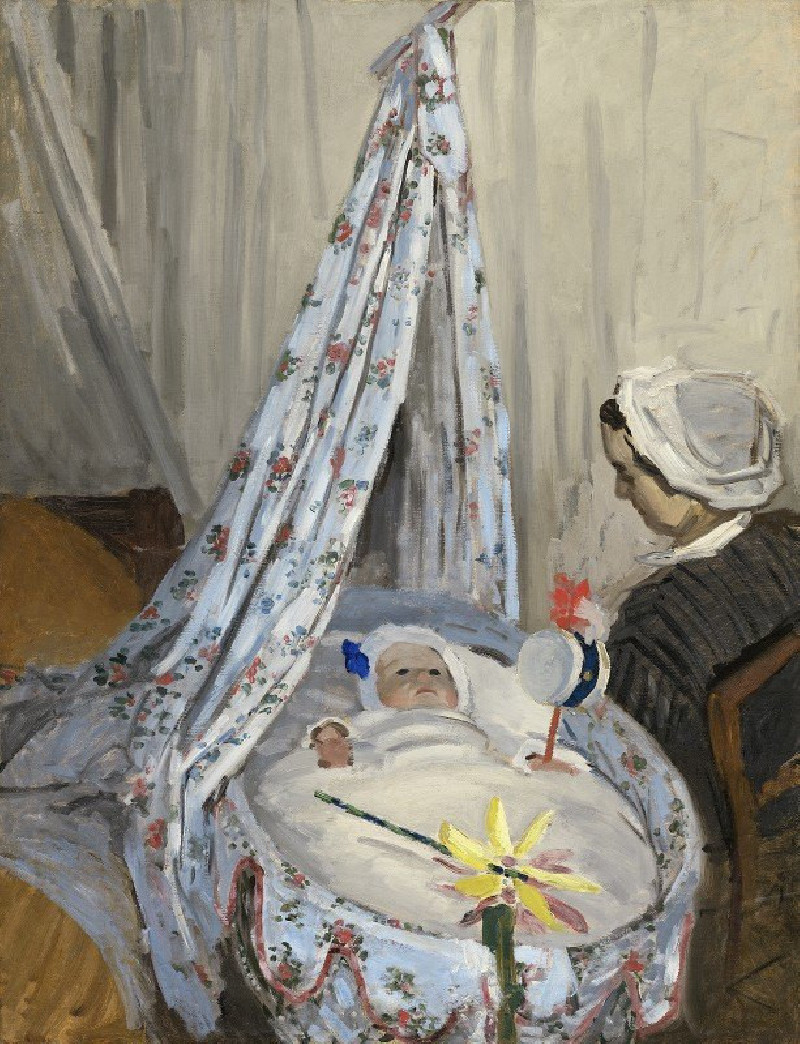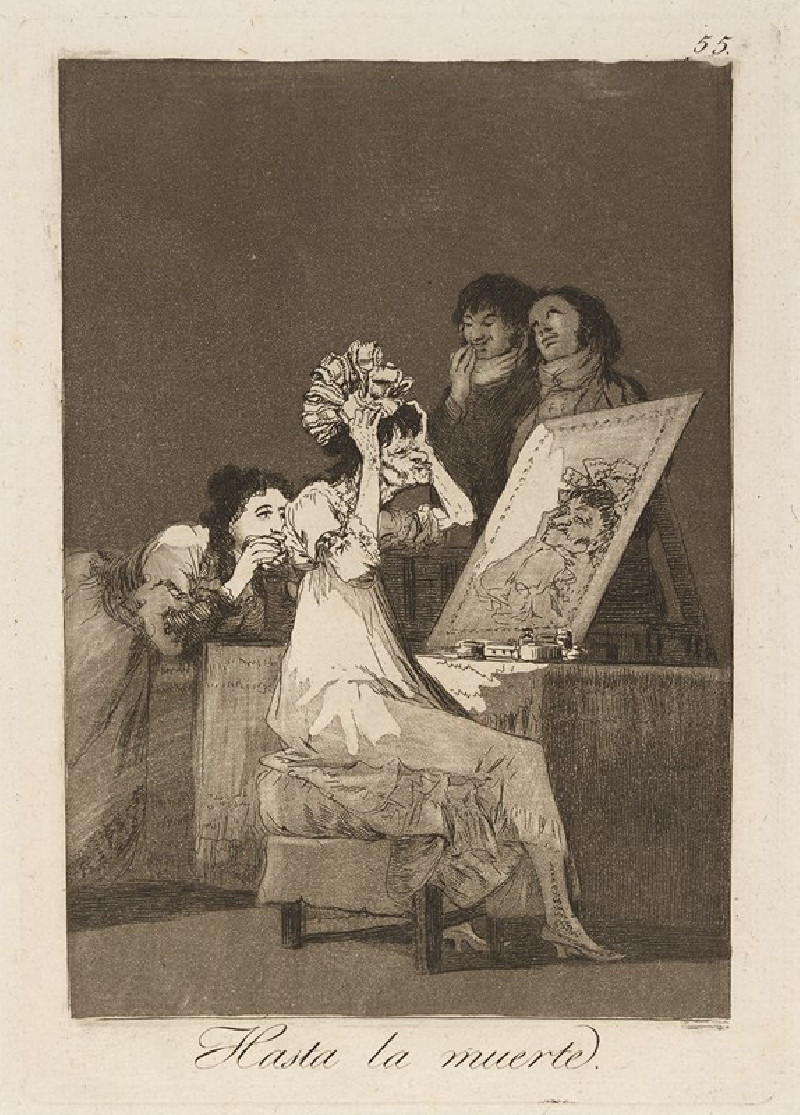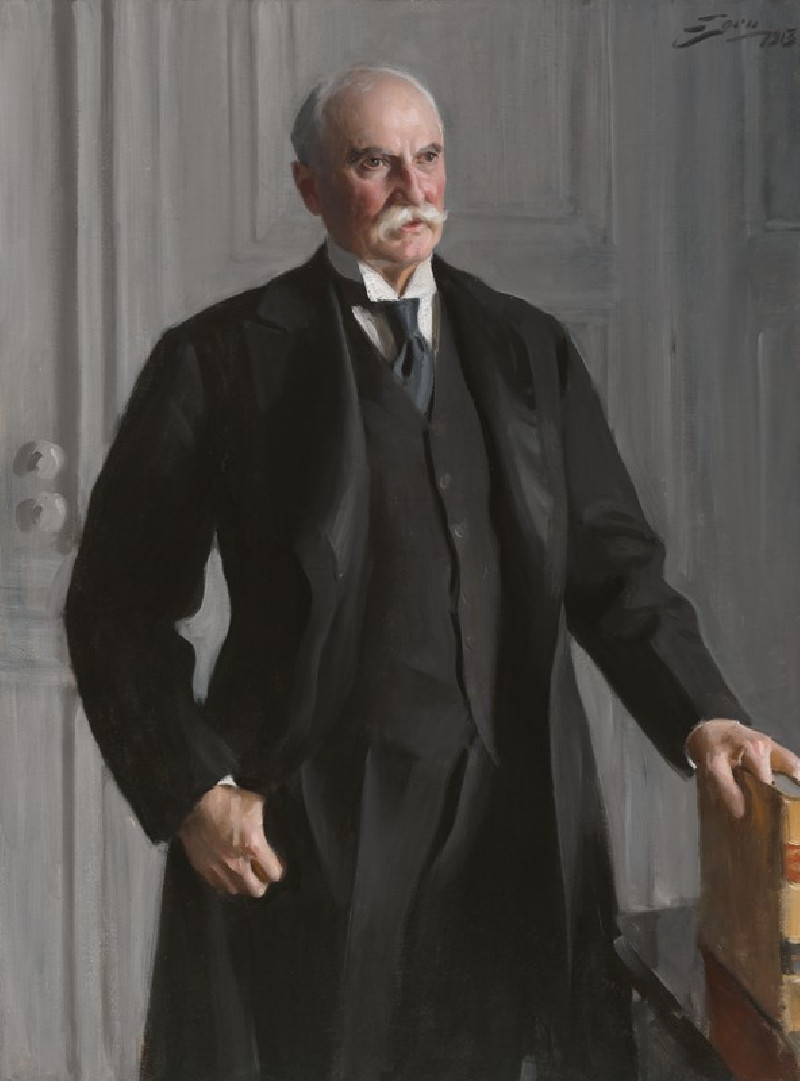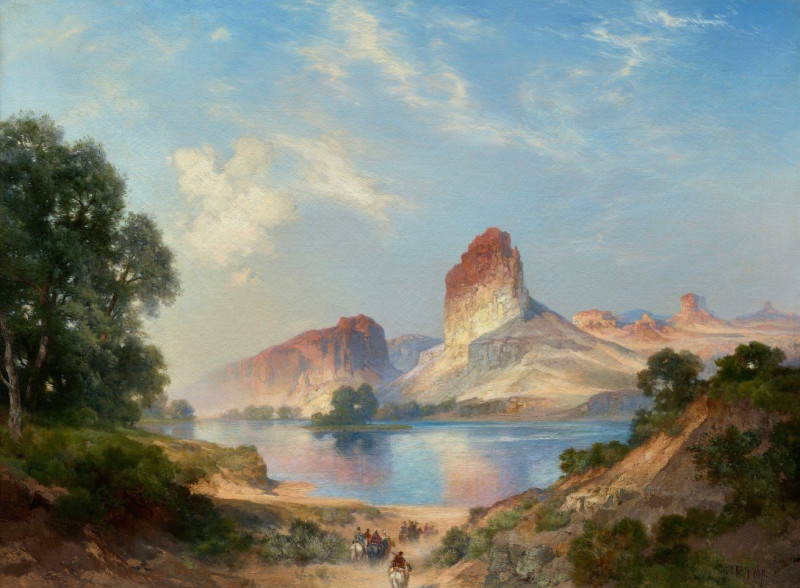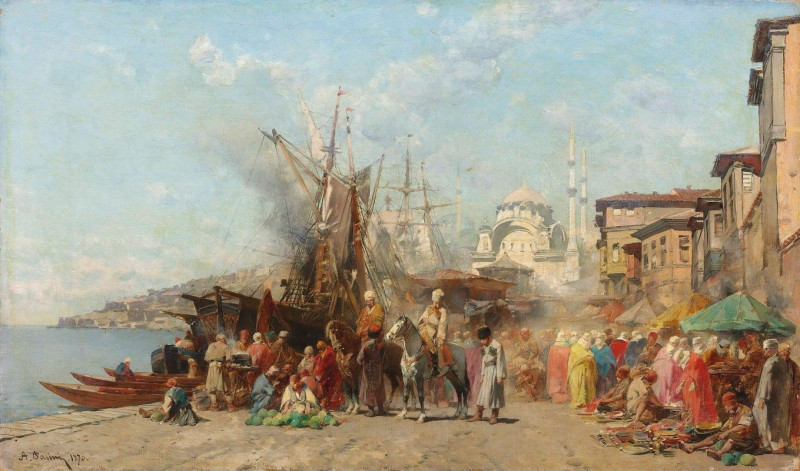Kakteen (1912)
Technique: Giclée quality print
Recommended by our customers
More about this artwork
Paul Klee, a Swiss-German artist renowned for his unique expressionistic approach, explores a vibrant botanical theme in his 1912 painting titled "Kakteen" (Cacti). This artwork captures an intriguing assembly of cacti, each potently alive with color and abstract forms.In "Kakteen," Klee utilizes a palette that oscillates between dark tones and luminous highlights, creating a mysterious yet enchanting garden scene. The painting features several cactus plants, each depicted in a stylized manner with thick, bold outlines and an array of expressive colors. These plants are not merely botanical specimens; they are dynamic characters in their own right, filled with personality and a sense of motion.The use of varying shades of green, red, and blue not only accentuates the individuality of each cactus but also harmonizes them within the canvas. Klee’s technique includes overlapping forms and integrating the plants with their equally lively background, which suggests a deep, almost jungle-like density. This tightly framed composition focuses on the interplay of color, shape, and texture, allowing viewers to experience the cacti's prickly essence transformed into a soft dance of brushstrokes."Kakteen" is a splendid example of Klee’s early explorations into abstraction and symbolist imagery through the natural world.
Delivery
Returns
Paul Klee was a Swiss-born German artist. His highly individual style was influenced by movements in art that included expressionism, cubism, and surrealism. Klee was a natural draftsman who experimented with and eventually deeply explored color theory, writing about it extensively; his lectures Writings on Form and Design Theory (Schriften zur Form und Gestaltungslehre), published in English as the Paul Klee Notebooks, are held to be as important for modern art as Leonardo da Vinci's A Treatise on Painting for the Renaissance.































